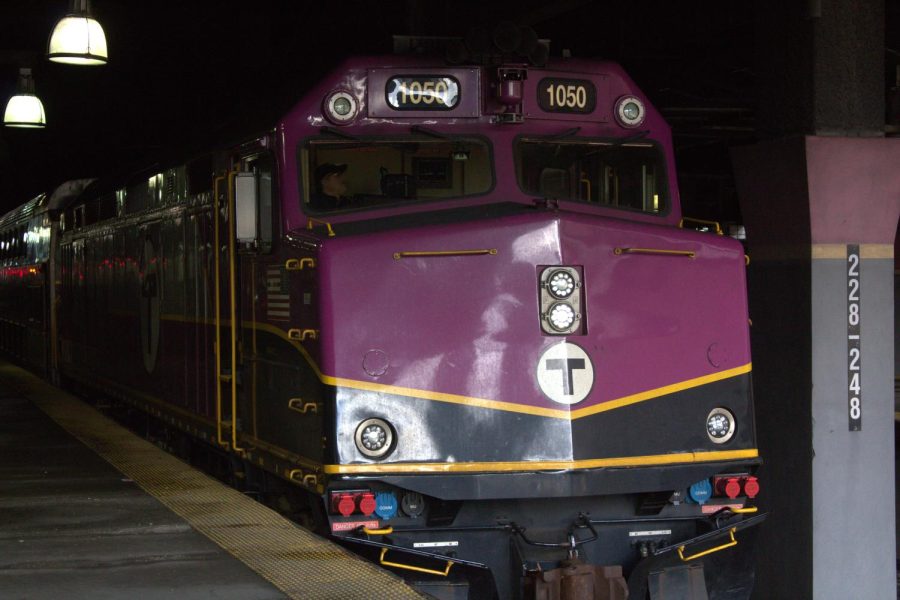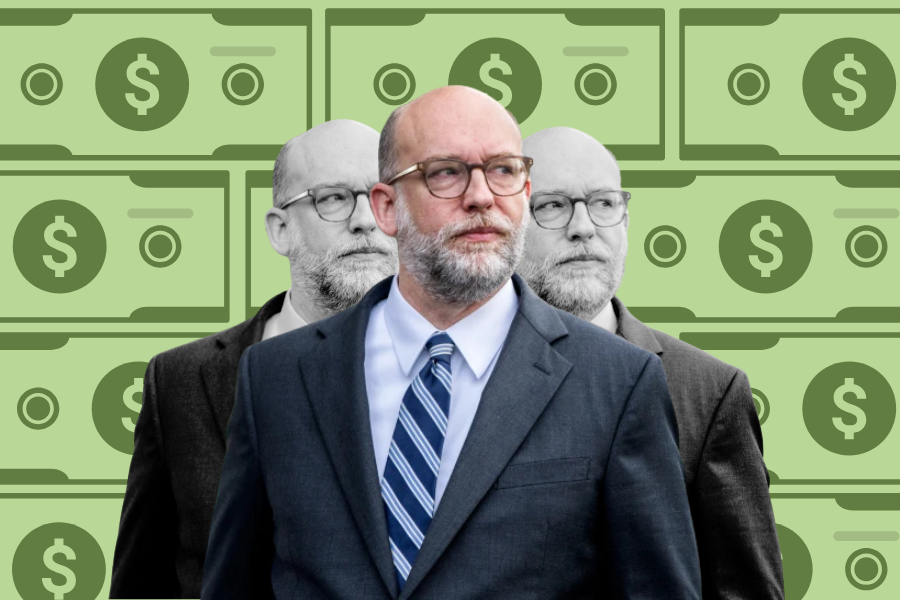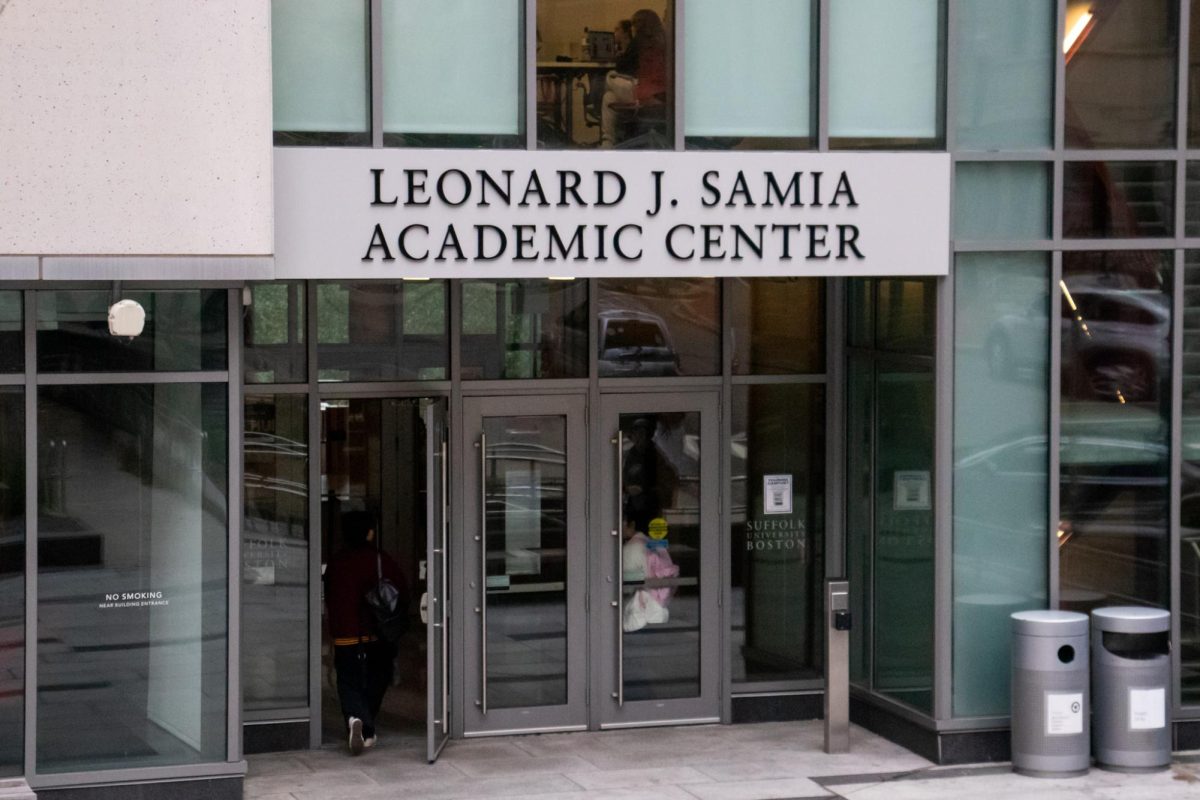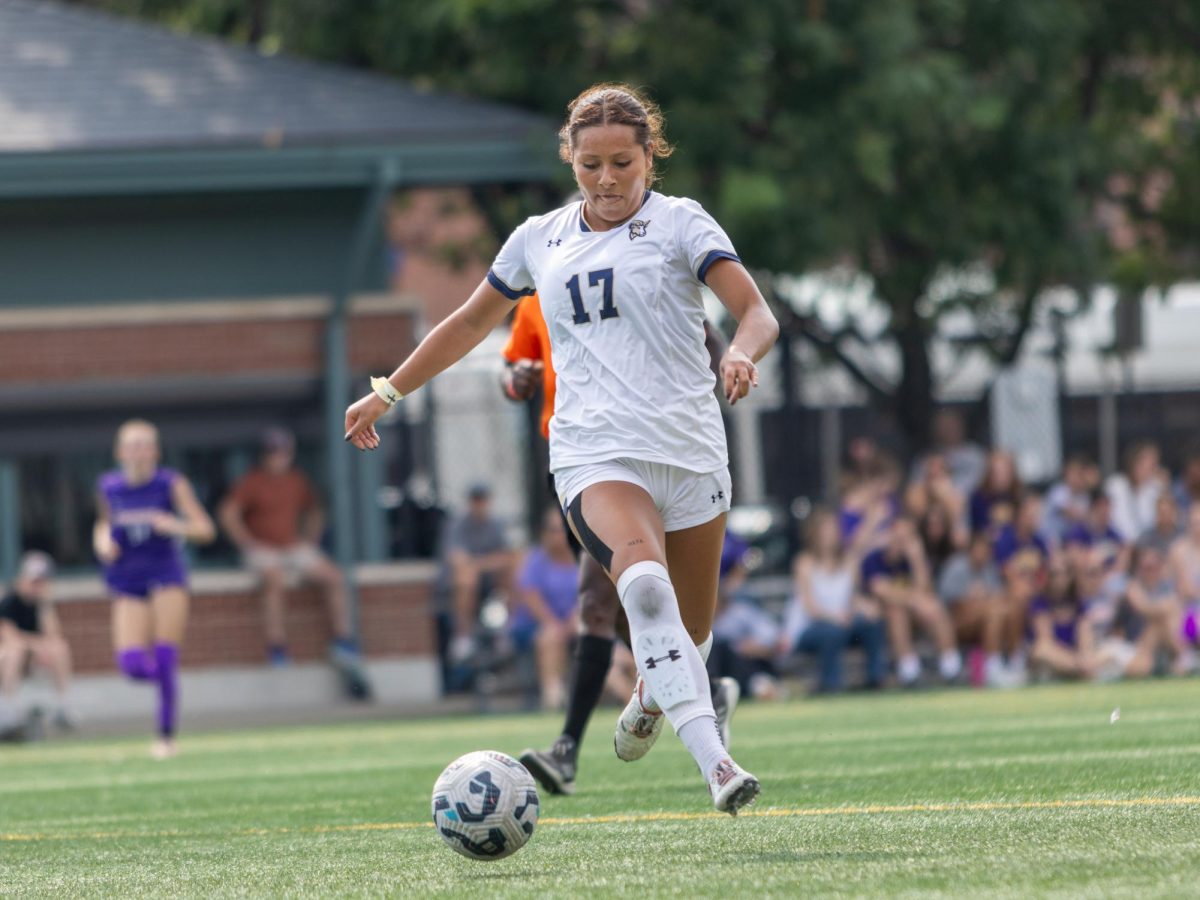While Boston may be home to the first subway in the nation, it certainly isn’t home to the best. The MBTA needs help.
Thousands of us rely on the T every day to commute to work, school and more. We shouldn’t have to worry about whether we’ll get to our destination on schedule, or if we’ll get there at all.
The T needs massive investments from local, state and federal governments to overhaul its infrastructure in order to ensure that public transportation in Boston is safe, reliable and sustainable.
Earlier this month, a man died at the Broadway Red Line stop after he became caught in the door of an inbound train, which dragged him into a wall. The Boston Globe reported that the train was not supposed to be able to move with a door open and that the door should not have been able to close with something caught in it.
MBTA general manager Steve Poftak said that the incident was being investigated and the T would ensure that their system is safe.
“We continue to do our own internal investigation and obviously will take any steps necessary, that we believe are necessary, to make the system safe,” Poftak said. “We want to make sure that there is a thorough investigation so we accurately and fully understand what we need to do to make sure that an incident like this never happens again.”
The Globe also reported that this isn’t the first time an incident like this has happened since 1990, citing at least five similar accidents.
Why did this happen? While the National Transportation Safety Board has yet to provide details, many have been quick to point out the dated trains currently in use.
The T is wildly outdated, with most trains on the Red Line dating back to the early 1970s. While newer trains have recently entered service on the Green and Orange Lines, delays and mishaps still plague the system overall.
TransitMatters, an advocacy organization dedicated to improving public transportation, offers a data dashboard to track delays based on the transit line, stop and direction. A quick scroll through the program shows a multitude of delays from various causes.
Overwhelmingly, these problems are present because of infrastructure problems. With its old trains, outdated maps and diesel powered buses and commuter rail trains, the T is behind compared to other public transit systems.
The new Green Line branch was the first new line to open in almost thirty years, with the project starting in the 1990s and just finally finishing this past month. The Suffolk Journal reported the original project deadline was set for 2014, however the first branch did not open until March of 2022. The second branch of the project is still under construction.
In order to keep the T up to date, both the city of Boston and the Commonwealth of Massachusetts need to fully commit to modernizing the system. The T needs a massive investment from politicians on Beacon Hill to ensure that students, residents and commuters can rely on trains to get them from Point A to Point B safely.















